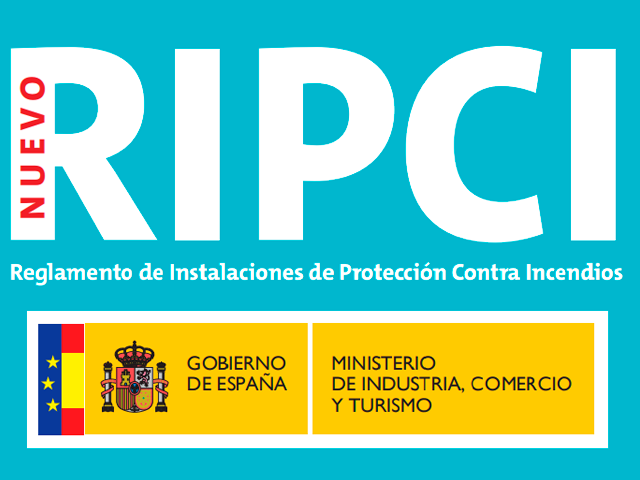The past 2018-11-27 the Community of Madrid qualified to AENOR, and in particular to the Systems of channeling in polypropylene and fiberglass for for fire-fighting installations certified with the Mark AENOR like products to which has granted the certificate of technical evaluation favorable of its suitability for its intended use. This fact allows AENOR to act as an authorized entity for the Technical Evaluation of the suitability of the products, in accordance with the provisions of article 5.3 of the Fire Protection Facility Regulations, RIPCI, approved by Royal Decree 513/2017, of 22 may.
Given the increasingly frequent use of this and other plastic materials in installations of all kinds, random polypropylene or random polypropylene with modified crystalline structure, with or without fiberglass, this recognition comes as a contribution that increases the market value of These products certified by AENOR.
To this end, AENOR promotes and develops a certification scheme that, among others, includes the most stringent reaction and fire exposure tests, specified in the Particular Regulation RP 01.84, and that currently has two certificates issued to the company ABN PIPE SYSTEMS, SLU manufactured in Medina del Campo (Valladolid), for the systems of channeling in polypropylene and fiberglass for fire-fighting installations:
By sprinklers
By equipped fire hydrants (BIEs)
Below we reproduce the aforementioned article 5.3 of the RIPCI, for information:
Article 5. Accreditation of compliance with the safety requirements of fire protection products.
5.3. Products (equipment, systems or components) of non-traditional or innovative fire protection for which there is no standard and there is a risk, must justify compliance with the requirements established in this Regulation through a favorable technical evaluation of the suitability for their intended use , carried out by the organizations authorized for this purpose by the competent public administrations.
The favorable technical evaluation of suitability should include, at least, the following:
– The evaluation of the basic requirements related to the intended use (for example: operational reliability, response time, behavior under fire conditions, durability, energy sources, etc.).
– The evaluation of factory production control, as well as an annual monitoring of production control in the factory.
– The expected conditions of use and the periodic maintenance program with the operations that, at least, the product requires during its useful life in order to be used reliably.
